The rise of the mobile wallet and how it can increase your sales.

Digital technology is revolutionizing virtually everything consumers and merchants do these days. It has changed the way products are ordered, how customers are attracted and cultivated by companies, and even how shoppers pay for their purchases. Integral to these innovations is the so-called digital wallet, the invention that can catapult mobile credit card processing — and your business’s sales potential — into the 21st century and perhaps beyond it.
Defining the mobile wallet.
Before briefly delving into its history, it makes sense to understand what ewallets are and how they work. In short, mobile wallets are digital repositories on a smartphone or wearable device, such as an Apple Watch, that securely store buyers’ payment, account, and loyalty information. They are equipped to communicate with merchants’ payment processing equipment via near-frequency communication (NFC) technology. With certified, point-to-point encryption and tokenization, the transaction is secure from start to finish and cannot be hijacked by hackers.
One way to understand digital wallets is to divide them into categories. Three basic types of wallets have gained popularity in recent years.
- The “Pays” i.e. Samsung Pay, Android Pay, and Apple Pay.
- Merchant wallets that are offered by companies such as Starbucks, Dunkin’ Donuts, and Walmart.
- Wallets from financial institutions such as Chase, Capital One, and Wells Fargo.
In general, mobile wallets are provided through one of the following payment processing models.
- Mobile billing. Payments are sent or received via a mobile service provider.
- SMS-based transactions. Payments are sent via SMS message, with the money debited from and credited to the configured accounts that have been set up in advance.
- Mobile web payments. Money can be sent and received by means of a mobile web app.
- Near-field communications. This technology enables hardware in a mobile device or wearable to transmit payment information to the merchant’s payment processing equipment as long as the devices are approximately three inches apart.
A brief history of digital wallets.
Not so long ago, the idea of making mobile payments was not in the public consciousness. Then, in 1997, Coca-Cola inaugurated a program that allowed people in Helsinki to purchase cans of soda from vending machines using text messages. When this idea seemed to meet buyers’ approval, the technology began expanding to include other activities such as buying movie tickets, reserving hotel rooms, and purchasing food. By 2003, an estimated 95 million people had made purchases using their mobile phones.
In 2011, Google was the first to launch a mobile wallet. It used NFC and enabled consumers to redeem coupons, make payments, and earn loyalty points. However, the downside was that it could only be used on one model of phone and was accepted by just a handful of merchants.
Apple entered the fray in 2012 with Passbook, enabling customers to buy tickets and obtain boarding passes and coupons. It was not until 2014 that Apple Pay burst onto the scene in the U.S., soon to be exported to the U.K., China, and around the world.
Since that time, the digital wallet has only skyrocketed in popularity. Recent entrants into the field include PayPal, Lazada Wallet, GrabPay, Touch ‘n Go, and vcash.
What can digital wallet technology offer your customers?
For a long time, buyers seemed content to carry their bills and coins in their pockets or handbags, often using cumbersome physical wallets or billfolds to store them. You might be wondering what aspects of mobile wallets have caused customers to change their behaviors so radically in favor of adopting more high-tech solutions.
For one thing, putting sensitive payment information into a digital repository on a phone or wearable device means that the customer does not need to carry cash, nor are they limited to spending only the amount that they have in their pocket at any given time. This not only frees the buyer from feelings of fear and vulnerability when carrying bills and coins in public, it also gives them a great deal more leeway when it comes to spending.
In addition, payments made with digital wallets are faster and more efficient. The buyer need only place their device near your NFC reader. Then, you can verify their identity with biometrics like a fingerprint or facial recognition. As long as everything checks out (and provided they have sufficient funds in their account), the transaction will be processed within a matter of a few seconds.
Best of all is the security that keeps the customer’s details safe from hackers. Digital wallets encrypt and tokenize every transaction, making each one unique and impossible for hackers to use for future purchases.
What can digital wallet technology offer you?
Now that you understand why customers have been so quick to embrace mobile credit card processing with their digital wallets, you might be asking what is in it for you as the merchant. As it turns out, the very things that make ewallets attractive to shoppers work in your favor as well.
The speed and convenience that your customers love add up to a win for you, too. No longer do you and your staff need to struggle with long checkout lines held up by customers fumbling for cash and cards. Instead, more and more of your patrons will simply wave their phones or watches near your NFC readers, completing their payments in a flash. That will free up your staff to take care of other important tasks that are equally essential in running your business.
There is also that all-important matter of security. In short, the less contact you have with your customers’ private payment information, the better it is for you. Contactless payments and ewallets remove you from the nuts and bolts of the payment process through encryption and tokenization, which means that you are much less likely to be held liable should a payment turn out to be fraudulent.
That’s not all. Digital wallets are also perfect companions to your most popular marketing promotions, particularly loyalty programs. That’s because you can entice shoppers to provide you with their contact information in exchange for access to promotions, loyalty points, and other perks. Once you have this invaluable contact information built into a database with the help of your point of sale system’s native capabilities, you can take your marketing campaigns to the next level.
Boost your sales with digital wallets.
On the fence about whether to upgrade your payment processing equipment to accept NFC contactless transactions? Hopefully, the points we have made have convinced you to embrace this innovative form of payment once and for all. In case you need further prodding or a bit of a review, below are just a few reasons why you should jump on the digital wallet bandwagon when it comes to accepting customer payments.
- Cellphones and wearables such as Apple watches are ubiquitous, with shoppers rarely leaving home without them. Even if they don’t have a penny in their pocket, they can still buy items from your store. This allows you to cash in on impulse purchases. Furthermore, you can use your POS system to help your customers to make flexible payment arrangements that would not be possible when paying with cash.
- The transactions are secure and do not require that you gain access to any sensitive payment information belonging to your customer.
- Payments from digital wallets are conducted through your POS system, making record-keeping and inventory tracking a breeze.
- You can use customer relationship management tools linked with your loyalty program to get specific information from your customers. You can then send targeted emails and other sales materials to appeal to their unique needs. This should lead to more satisfied patrons and increased sales.
- Today’s customers are justifiably concerned about cleanliness and hygiene. Providing a way for them to make their purchases that does not involve any direct physical contact with your processing equipment is safer for everyone involved while simultaneously addressing an extremely pressing and important concern.
- Checkout lines move much more smoothly and rapidly. When your staff members are not trapped behind the register, they can provide better and more comprehensive customer service out on the sales floor. This can lead to more conversions and upsells, as well as deeper bonds between your brand and your shoppers.
- Finally, never underestimate the power of the “cool” factor. Younger shoppers will appreciate your tech-savvy approach and your willingness to embrace flexibility in the payment process. As a result, your store will be perceived as cutting-edge and progressive, potentially bringing in a whole new demographic of customers.
Without a doubt, digital wallets are here to stay. They allow buyers and sellers alike to capitalize on some of the best that mobile technology has to offer: speed, safety, and security. If you have not already incorporated accepting ewallets into your current business model, now is the perfect time to leverage this innovative technology in your retail store’s favor. You will be glad you did, both now and in the years to come.
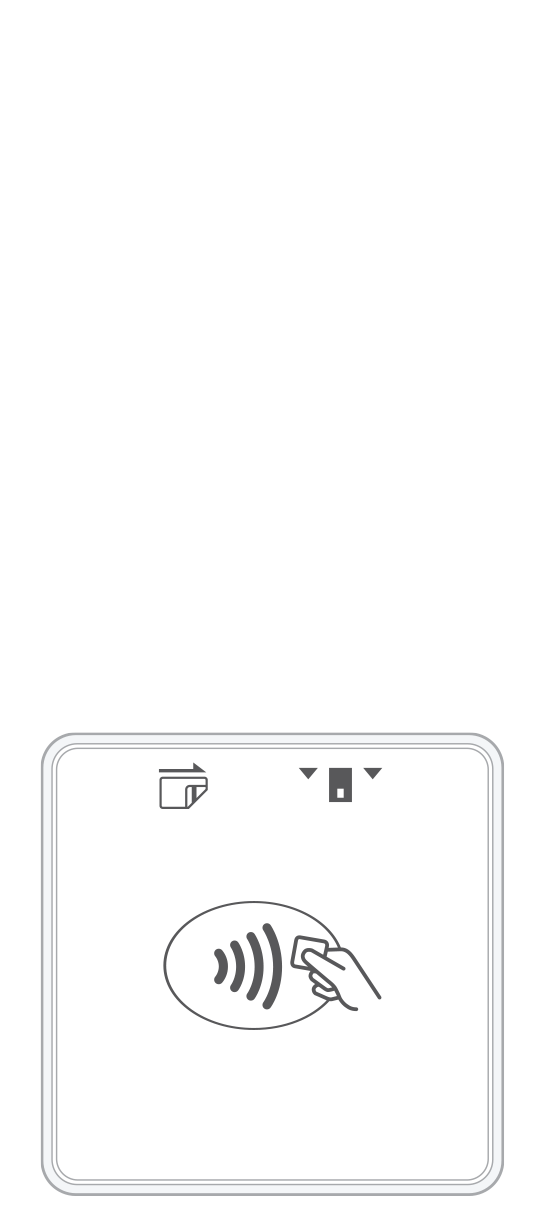 3-in-1 Reader | 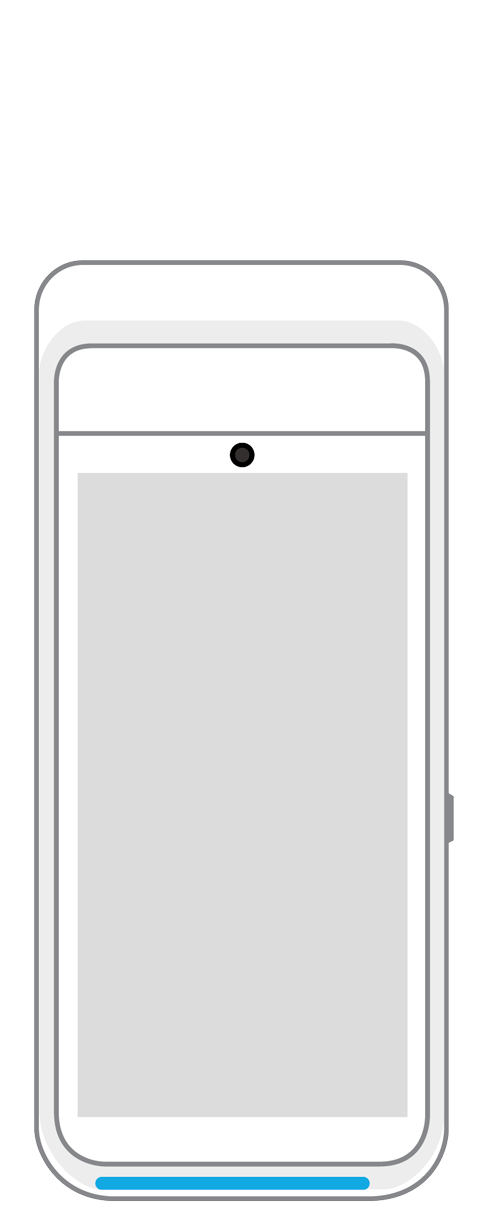 Terminal | 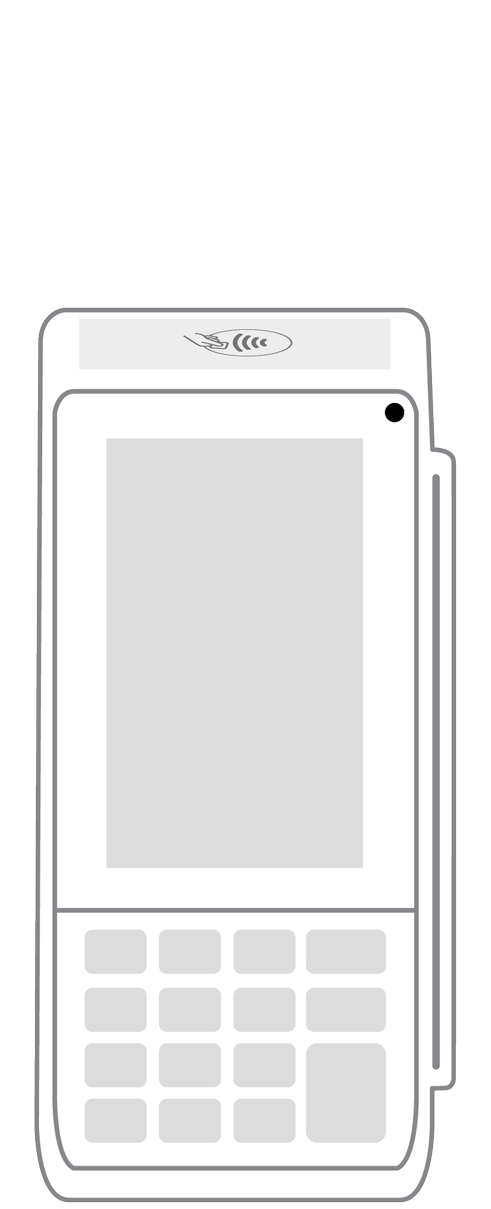 Keypad | 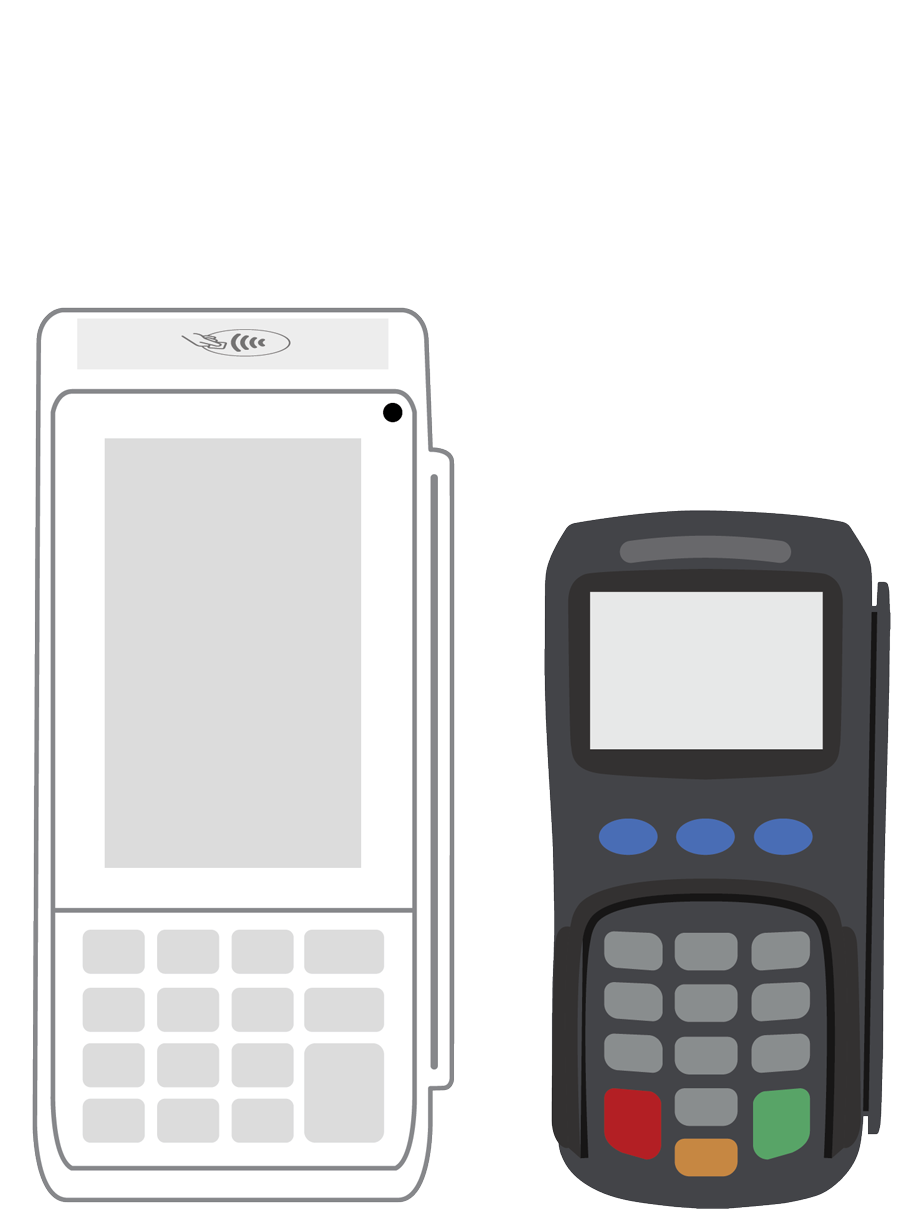 PINPad Pro | 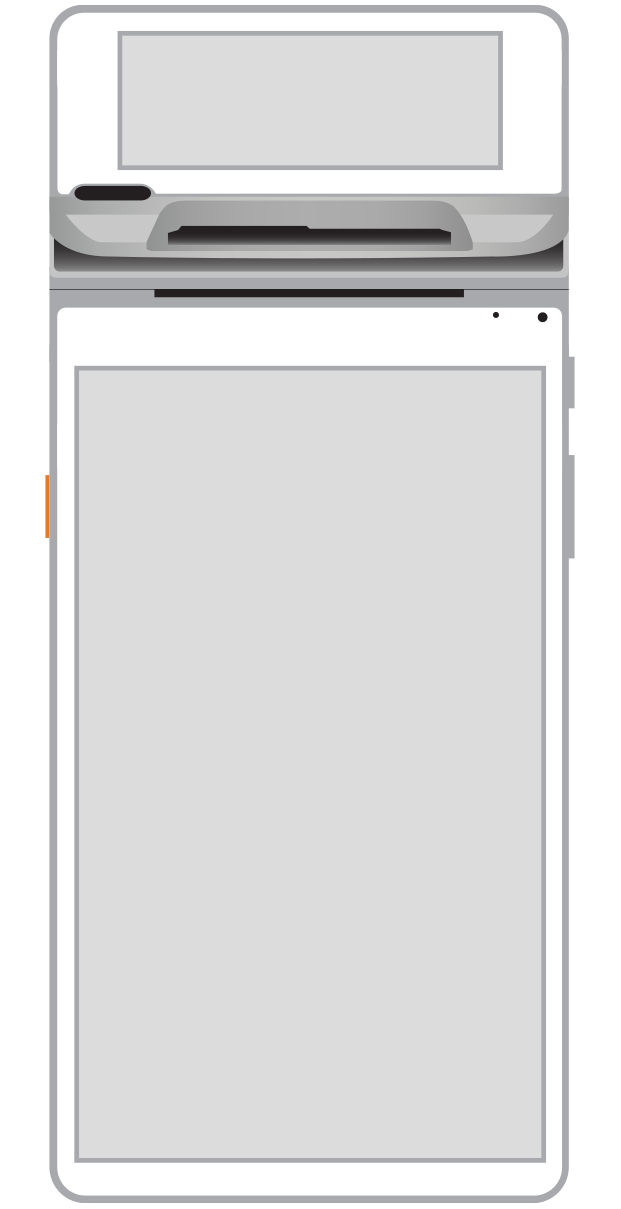 Flex | 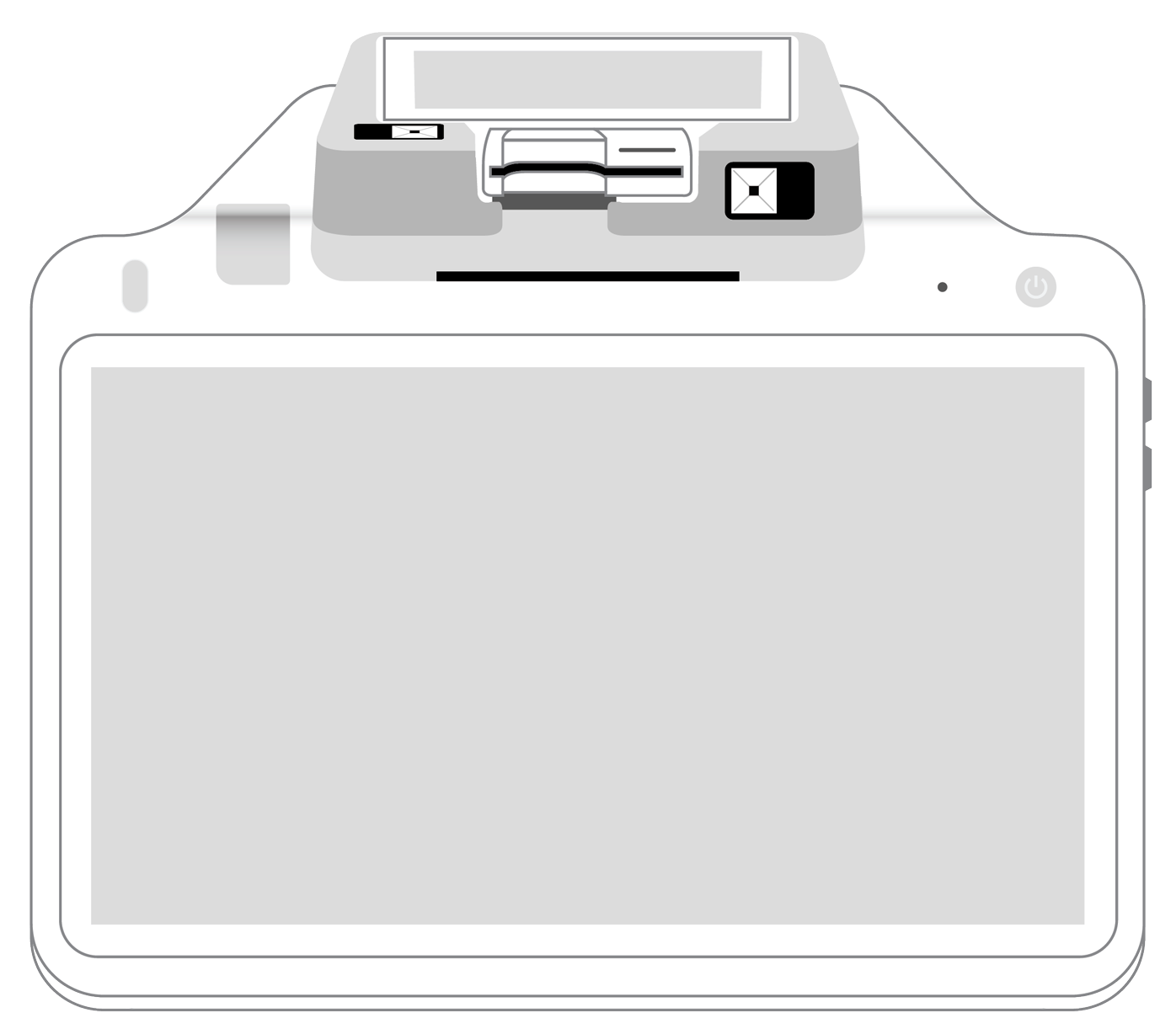 POS+ | |
|---|---|---|---|---|---|---|
Payment types | ||||||
EMV chip card payments (dip) | ||||||
Contactless payments (tap) | ||||||
Magstripe payments (swipe) | ||||||
PIN debit + EBT | ||||||
Device features | ||||||
Built-in barcode scanner | ||||||
Built-in receipt printer | ||||||
Customer-facing second screen | ||||||
External pinpad | ||||||
Wireless use | ||||||
Network | ||||||
Ethernet connectivity | With dock | |||||
Wifi connectivity | ||||||
4G connectivity | ||||||
Pricing | ||||||
Free Placement | ||||||